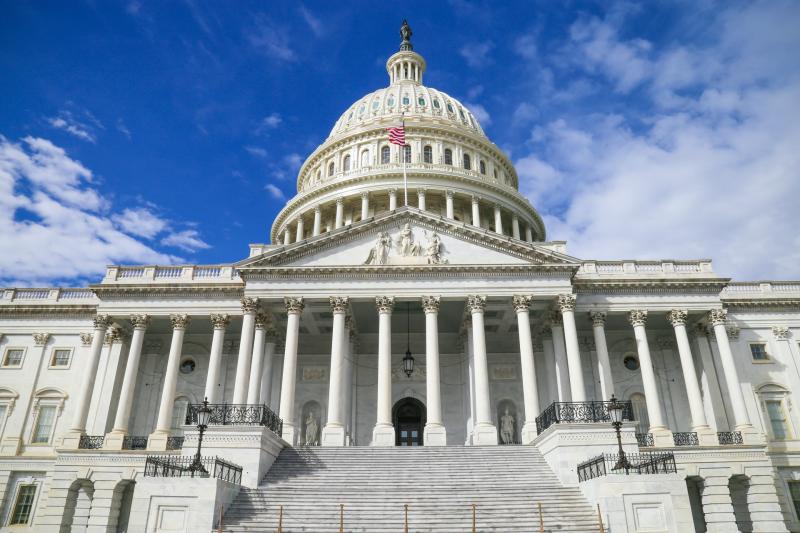
WASHINGTON – Today, Americans for Tax Reform sent a letter to the House Energy and Commerce Subcommittee on Communications and Technology urging them to avoid the Biden Administration impulse to throw taxpayer dollars into broadband subsidies that are already proven failures.
Our letter highlights policies that Congress should follow if taxpayer dollars are to be spent closing the digital divide. Some our recommendations include:
- Follow a technology neutral approach to broadband delivery.
- Continue to champion private-sector investment over government-owned networks (GONs).
- Continue our light-touch regulatory framework that put us ahead of our European counterparts.
- Enact meaning reform to the Lifeline program.
The Subcommittee will be holding a hearing today on this issue today. You can read the letter below or click HERE to view it as a pdf.
May 06, 2021
Dear Representatives:
If Congress is to address broadband connectivity and cost issues, we urge you to do so in a targeted, cost-effective way that considers the entire broadband universe, rather than the narrowly defined, non-technology neutral view proposed by the Biden Administration.
Congress should avoid overly restrictive definitions of what constitutes broadband. There are more choices than fiber. Cable, wireless, fixed wireless, satellite are all acceptable methods for achieving speeds that meet the needs of Americans now and into the future for working remotely, telehealth, remote learning, and entertainment. According to Zoom, only 2 Mbps is required for high-quality video calling for both upstream and downstream, while Netflix requires only 0.5 Mbps per second. Calls for symmetrical speeds at 100 up and 100 down end up mandating on fiber and doesn’t take into consideration the asymmetrical needs of individual broadband users or the ability of private networks of to upgrade to meet demand over time.
While the government may be suggesting an influx of $100 billion is revolutionary, it is not. A one-time spend, on a chosen technology, with a preference for government operators who will likely compete with existing private networks will not address the remaining digital divide.
The private sector has invested over $1.6 trillion into wireline broadband since 1997 and after the lifting of several government restrictions, the private sector invested $80 billion in 2018 alone. The US’s prioritization of investment through both the public and private sector instead of the burdensome government regulation seen throughout Europe leads to better broadband results hands down.
Looking only at wireline broadband connections the US beats out the EU when it comes to provider competition. In 2019 86% of all US households had a choice of two or more providers, while only 46% of Europeans had that choice. In rural areas, 49% of US residents had multiple access points while only 11% had choices in the EU. This isn’t surprising because between 2012 and 2018, US investment in broadband was about 40% higher than in the EU; US broadband providers invest about $708 per household which is about three times higher than in the EU’s $230 per household.
Municipal or government run networks are also not the answer, especially ones that compete with private networks already in place. They can charge below market rates because they receive tax subsidies and they still fail as projects. Taxpayers should not be forced to subsidize an ineffective service they may not even want to use. Similar programs, like the Broadband Technology Opportunities program (BTOP) have been tried and failed.
We hope you will look towards reforming the lifeline program at the FCC to be a sustainable solution to lack of connectivity due to cost, rather than returning to the failed programs of the past. Doing away with the Universal Service fee, which continues to put extreme pressure on a small segment of the population and moving to a Congressionally approved appropriation possibly attached to spectrum proceeds could be a viable solution. Congress should also do away with the Eligible Telecommunications Carriers requirement and move to a voucher program rather than a carrier directed program to increase options to individuals struggling to get online.
Should you have any questions or comments on this matter, please reach out to me, or our Director of Federal Policy, Katie McAuliffe, [email protected].
Onward,
Grover G. NorquistPresidentAmericans for Tax Reform

